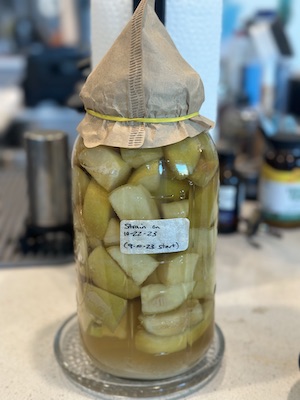Praying for the innocent people in Israel & Gaza
Tehillim group71-75, 20, 23, 24, 29, 37, 84, 121, 122, 123, 124, Chapter 20 1. For the Conductor, a psalm by David.2. May the Lord answer you on the day of distress; may the Name of the God of Jacob fortify you.3. May He send your help from the Sanctuary, and support you from Zion.4….



